Hotel La Palma review: The dazzling new place to stay on the island of Capri
Hotel La Palma has some big shoes to fill — sister hotels include Hotel du Cap-Eden-Roc in Antibes and Eden Rock in St Barts — but its well on it way to stardom, says Rosie Paterson.
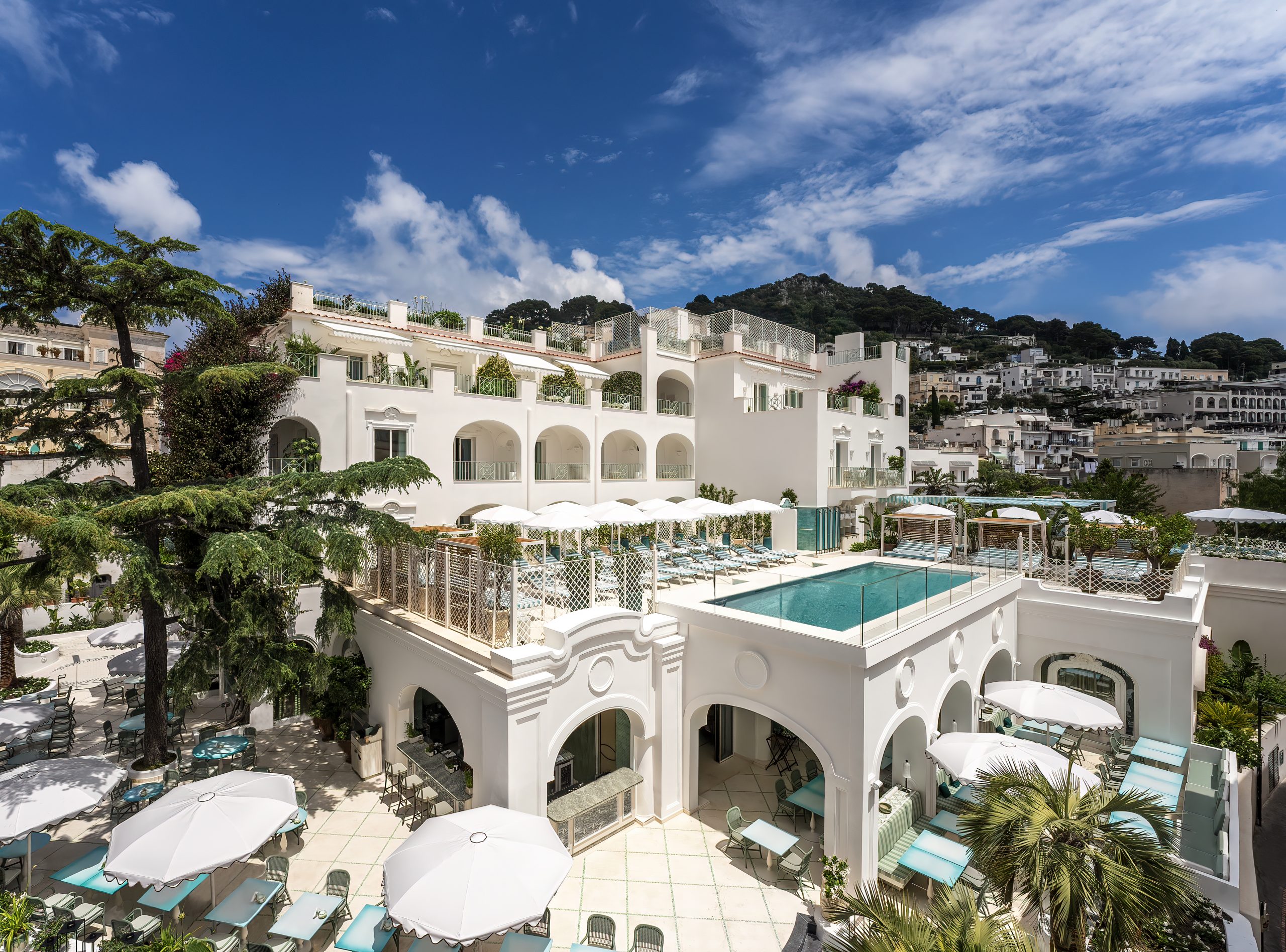

If people watching were a sport then the raised terrace outside Hotel La Palma, on Capri’s busiest cobbled street, would be its official venue. It is, at once, the island’s oldest and newest hotel.
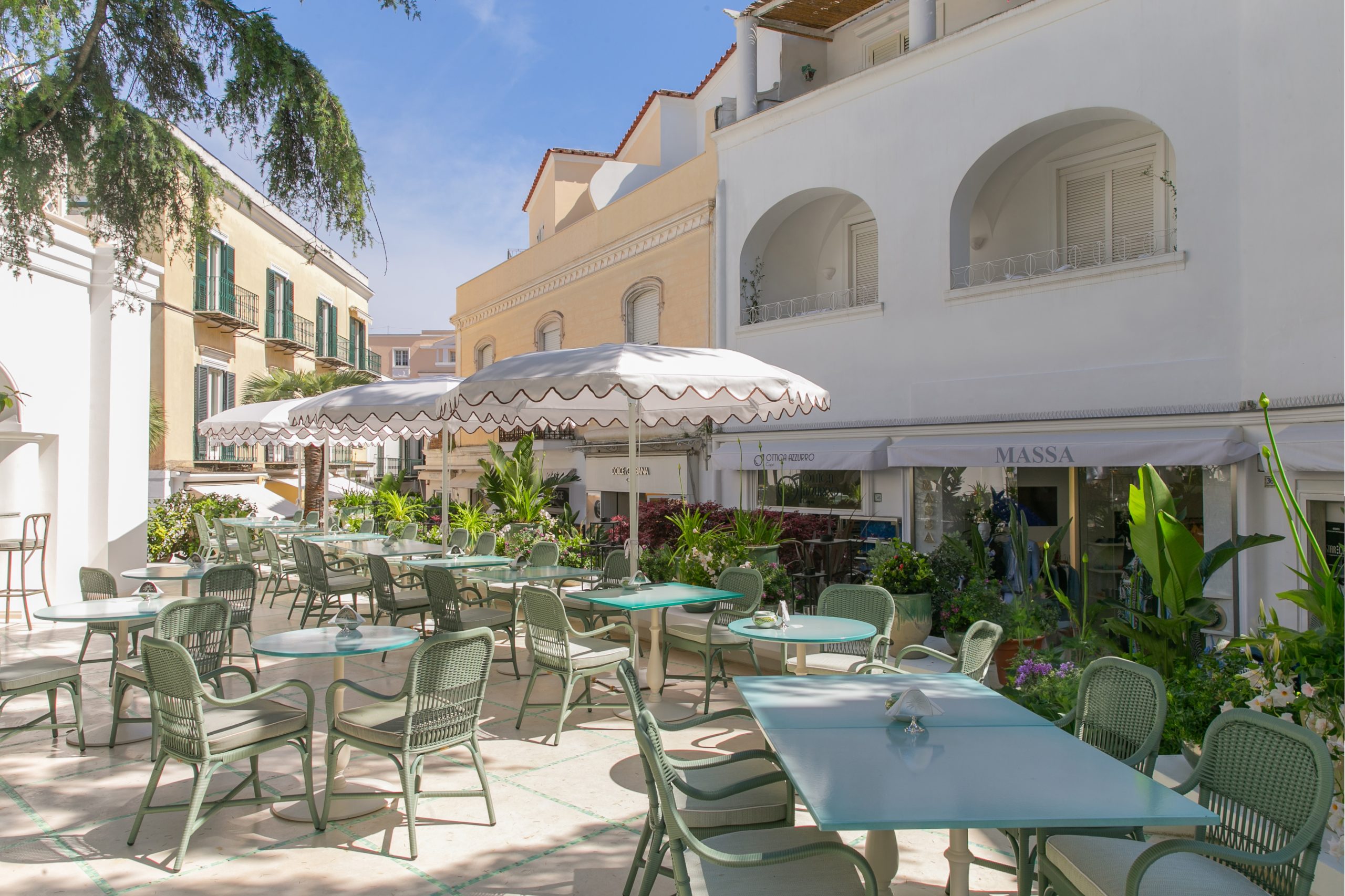
The building first opened to staying guests more than 200 years ago, under the name Hotel Pagano, and reopened last year following a two-year refurbishment under management of Oetker Collection (Le Bristol; Eden Rock; Hotel du Cap-Eden-Roc).
It was well worth the wait — and the unwieldy transfer that demands guests brave Capri’s frenetic Marina Grande port, where ferries jostle for space with traditional gozzo, needle-thin hairpin bends and the hungry queues outside Gelateria Buonocore.

La Palma has been transformed, losing 30 rooms along the way to bring the total down to 50, and emerges like a cloud from the chaos of surrounding egg-yolk-coloured buildings.

There’s a touch of heaven about it, from the entrance that draws you up off the street and into the monastic, vaulted lobby, to the gently sloping staircase — there are no harsh lines here — that marshals you skywards to Bianca, a rooftop restaurant with 360° views.

On the ground floor, Roberto Ruspoli’s delicate, ribbon-like frescos dance across the ceilings; on the first floor, stripy cabanas could be thrones clustered around the bijou swimming pool; in the bedrooms, balcony doors open onto pots of fragrant, frothy jasmine.
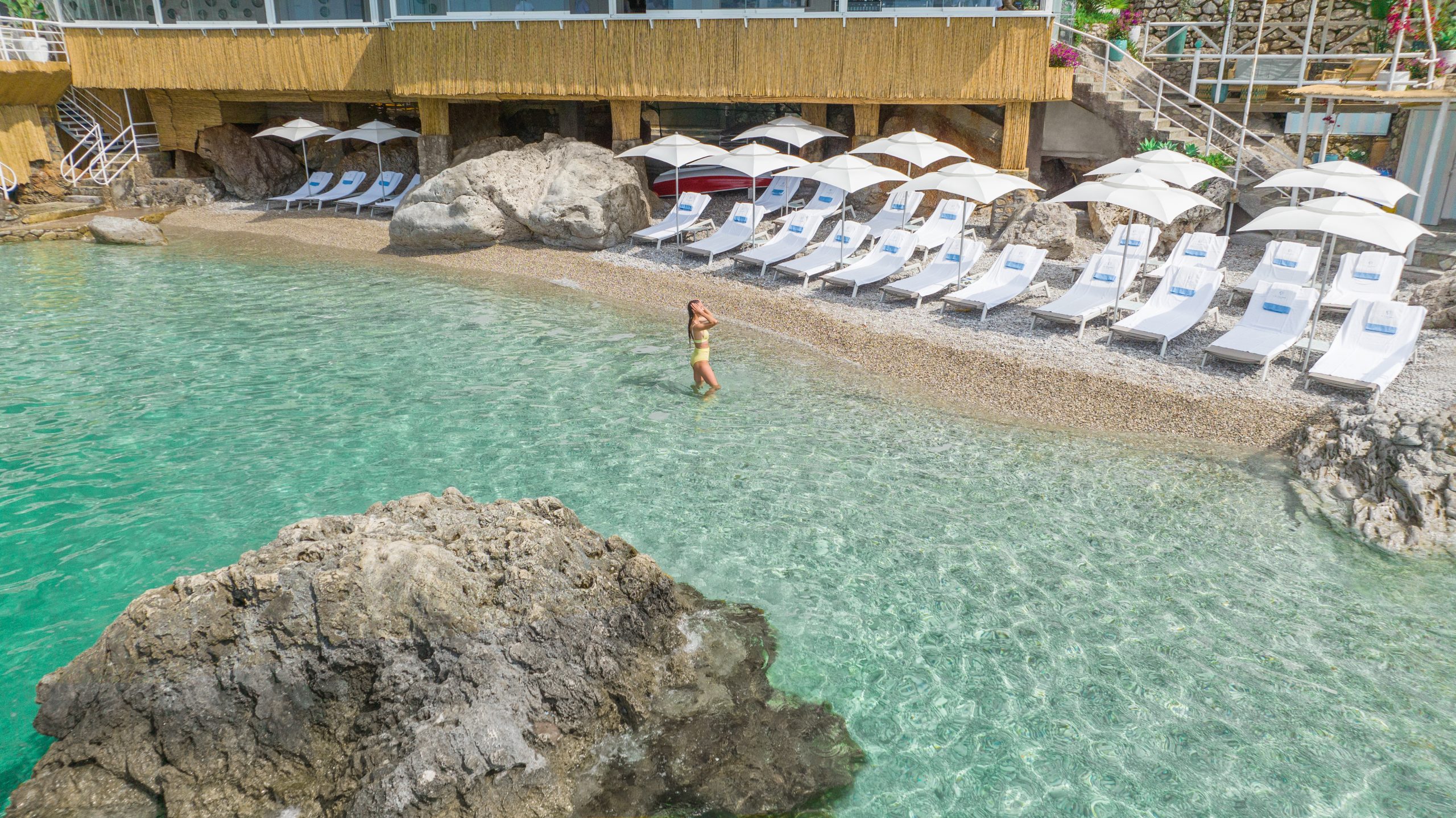
The only thing that might tempt you back down to street level is Da Gioia, the hotel’s own beach club in Marina Piccola, a picturesque stretch of beach situated at the very bottom of Via Krupp (a historic, paved footpath that reopened last year, following a landslide), like a pot of gold at the end of a rainbow.
Exquisite houses, the beauty of Nature, and how to get the most from your life, straight to your inbox.
For more than 2,000 years Capri has attracted emperors and artists, architects and free-thinkers, each and every one lured towards its hulking form, which rises violently and without apology from the Gulf of Naples.
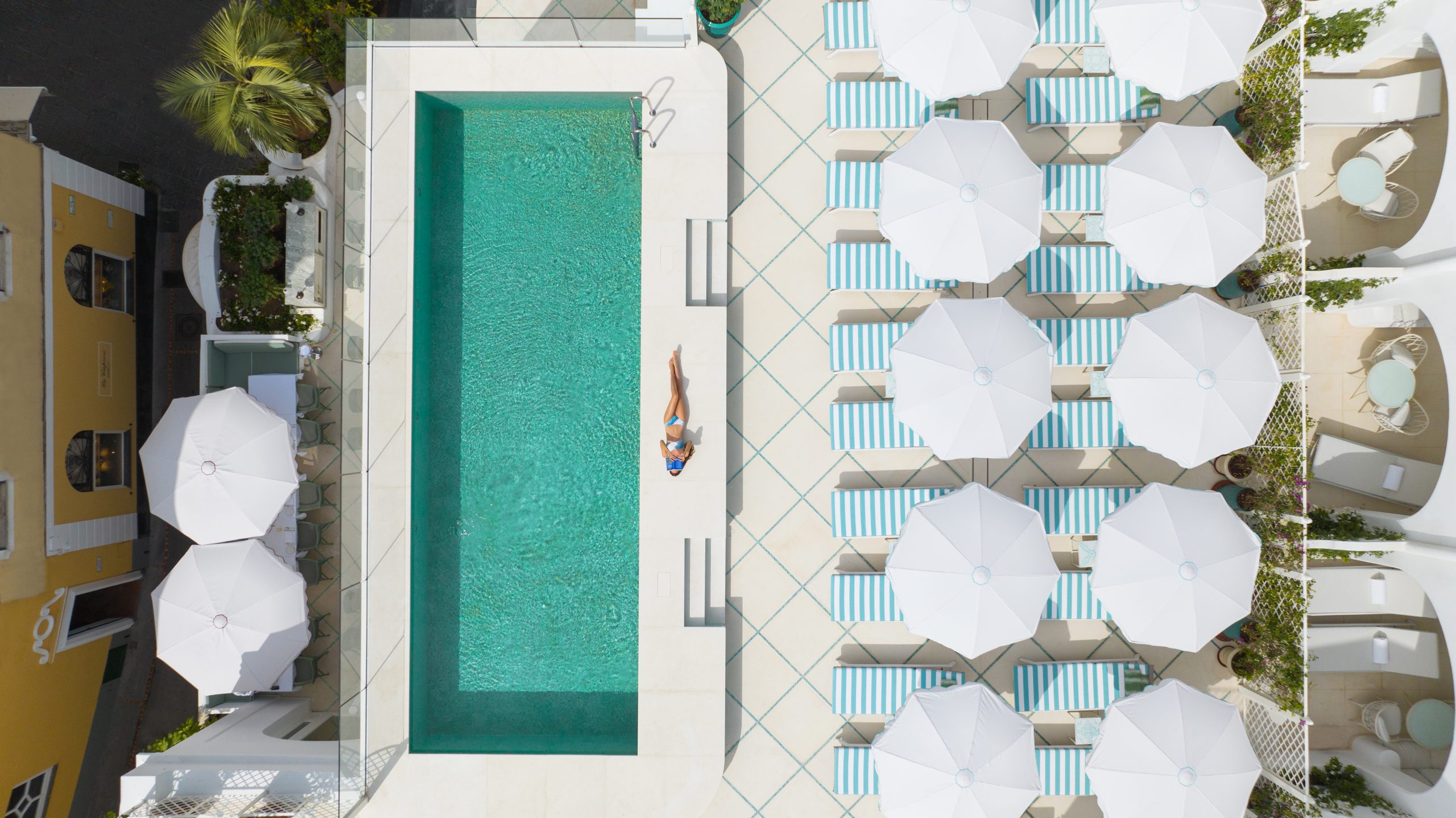
But it was Jackie Kennedy Onassis who really put it on the map in the mid 20th century and her spirit lives on, in photographs on the walls of Canfora, the sandal shop she patronised, in the Capri-style cropped trousers that she helped launch to international fame and on the menu at La Palma, where she’s been reimagined as a non-alcoholic, passion-fruit-and-lemon-soda cocktail. Like cocktail, like woman, and like hotel — entirely irresistible.
Rosie is Country Life's Digital Content Director & Travel Editor. She joined the team in July 2014 — following a brief stint in the art world. In 2022, she edited the magazine's special Queen's Platinum Jubilee issue and coordinated Country Life's own 125 birthday celebrations. She has also been invited to judge a travel media award and chaired live discussions on the London property market, sustainability and luxury travel trends. Rosie studied Art History at university and, beyond Country Life, has written for Mr & Mrs Smith and The Gentleman's Journal, among others. The rest of the office likes to joke that she splits her time between Claridge’s, Devon and the Maldives.
-
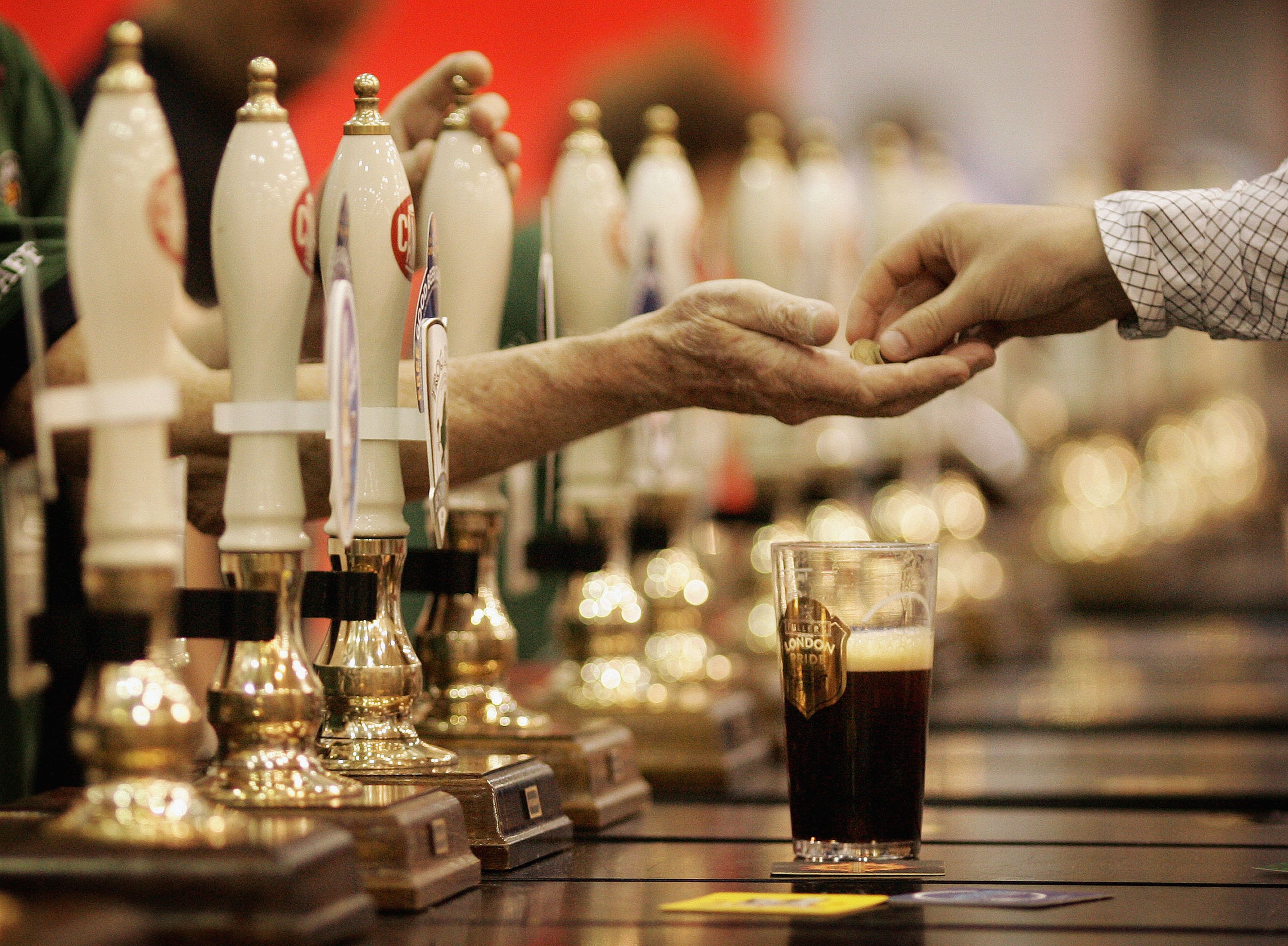 In search of London’s earliest pint
In search of London’s earliest pintEarly houses — pubs open in the early hours to feed and water the market trade — have been a cornerstone of London for centuries. Yet, as Will Hosie finds, they aren’t stuck in the past.
-
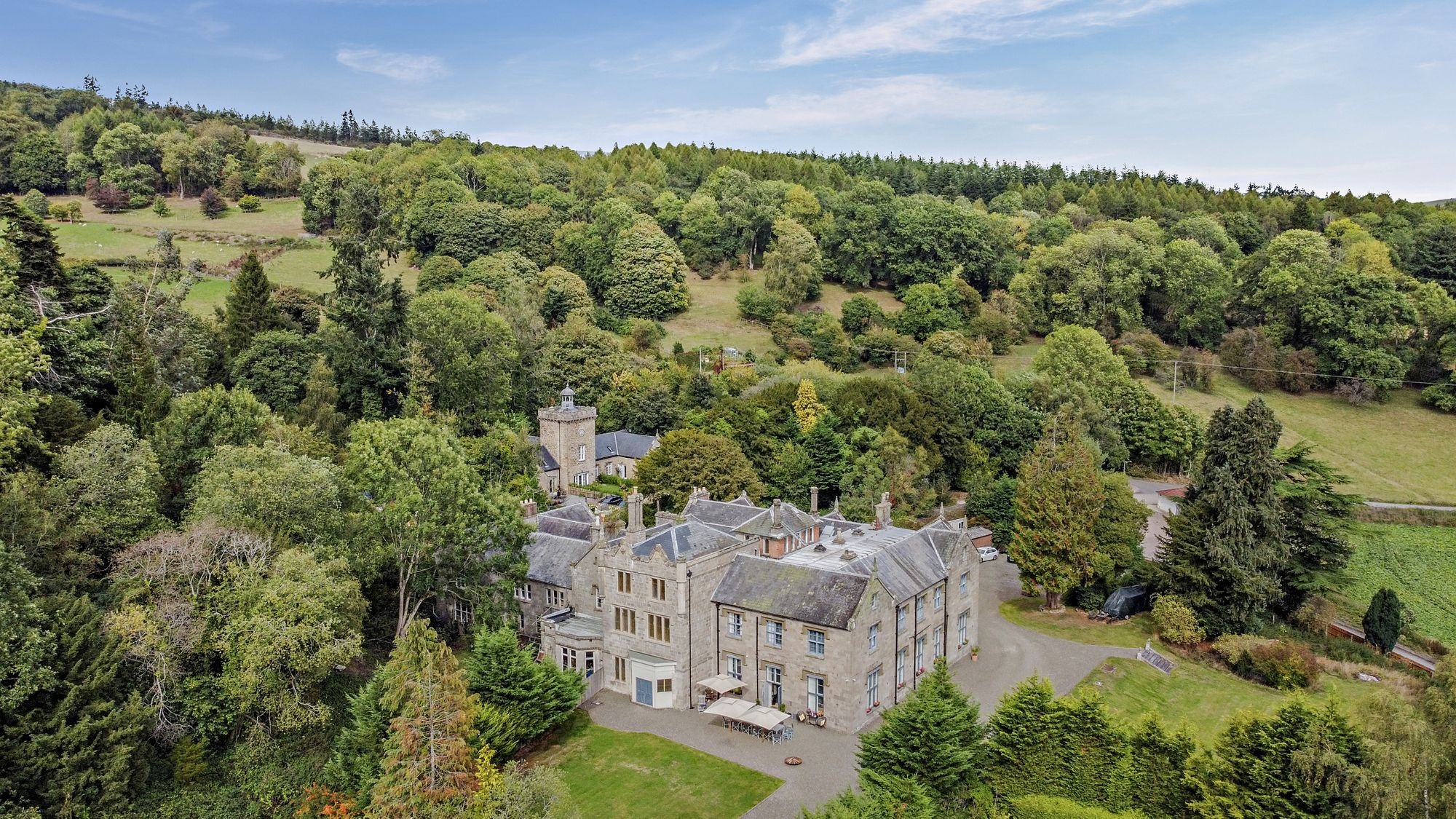 A 14-bedroom 'miniature Downton Abbey' to call your own — and there's not a penny of Mansion Tax to be paid
A 14-bedroom 'miniature Downton Abbey' to call your own — and there's not a penny of Mansion Tax to be paidNorton Manor is an incredible period home that's on the market for £1.3 million.
